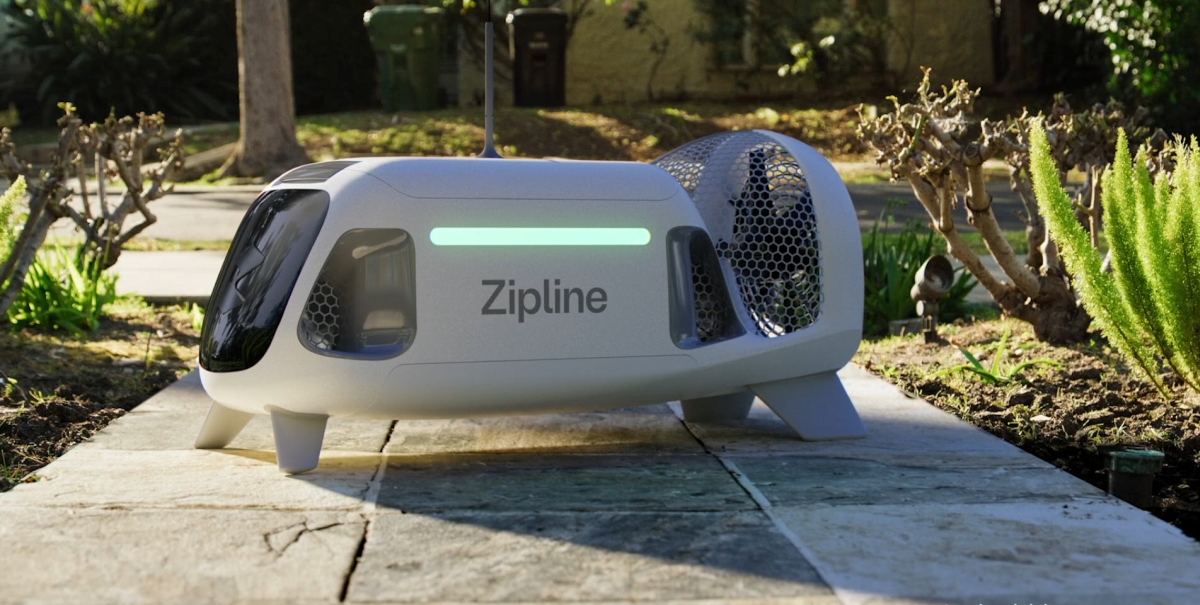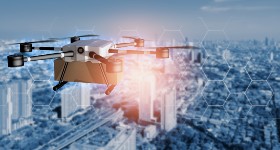The FAA and other global aviation authorities have to certify every avionics system before it is deemed ready to fly. Avionics systems have traditionally used custom software to communicate between different applications and subsystems, like radars, displays, communication, and mission systems. Developing the software and the necessary certification evidence can take months to years of effort and cost on the order of $100 per line of code.
Real-Time Innovations (RTI), an IIoT connectivity platform company, on September 29 released a DO-178C Level A certification package for Connext DDS Cert. This is the first connectivity platform built on the Data Distribution Service (DDS) standard to complete a DO-178C Design Assurance Level (DAL) A certification evidence package and be placed into a production platform, according to the release. This certification package provides the evidence an aviation authority, such as the FAA, requires when certifying the airworthiness of an avionics system built using Connext DDS Cert.
Image via Shutterstock
Connext DDS Cert eliminates time and reduces cost by providing a certification package ready to go, out of the box. In addition, because it supports the DDS standard, applications are easier to develop, integrate, evolve and maintain than those using custom and proprietary solutions.
“We are thrilled to announce the general availability of this safety Certification Data Package for Connext DDS Cert,” said David Barnett, VP, Products and Markets, RTI. “In addition to benefiting avionics, this COTS certification evidence package provides a foundation for certification using other Industrial IoT standards such as those for manufacturing and energy systems, medical devices and automotive communications and control components.”
This DO-178C DAL A COTS certification evidence package benefits both military and commercial drones, also known as Unmanned Air Vehicles (UAVs) and small Unmanned Aerial Systems (sUAS). In the United States, UAVs have only been allowed to fly within line-of-sight of an observer, either on the ground or in a chase plane, and there are many other restrictions that have prohibited them from operating in the civilian National Airspace System (NAS). These restrictions limit their utility and make them expensive to operate. In order to unleash the potential of UAVs and sUAS platforms by enabling their integration into National Airspace Systems (NAS), they will need to comply with civilian standards such as DO-178C. Connext DDS Cert makes it easier and more cost-effective to perform this integration particularly since most existing drone software was not designed to satisfy DO-178C requirements.
Edited by
Kyle Piscioniere





